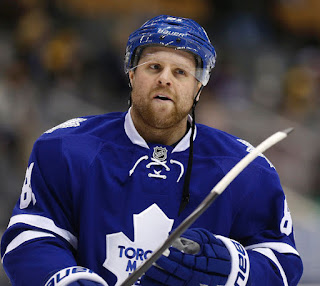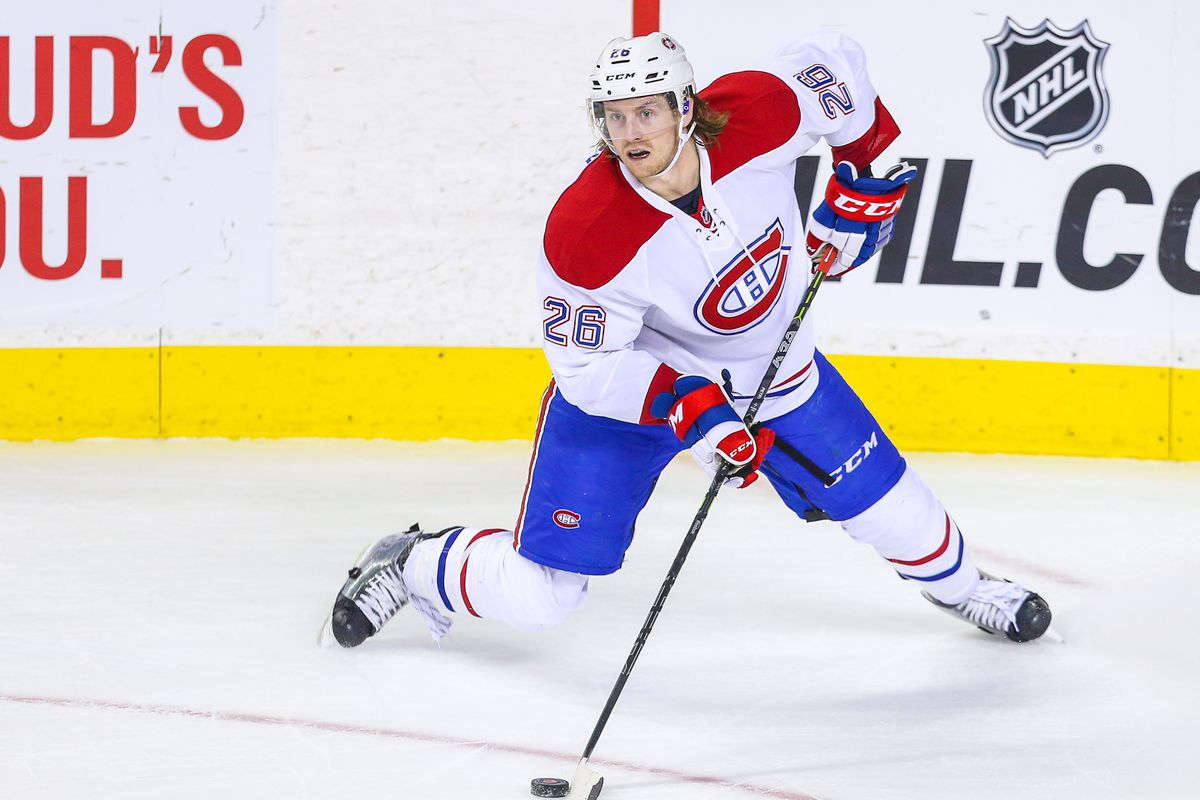Why The Leafs Traded Kessel
When a team decides to trade a player, there is usually numerous reasons as to why they decide to go on that route. Sometimes the trade helps bring the team more talent by upgrading a certain position. Other times, this player is struggling with his surroundings and is moved in an attempt to vitalize his game while bringing back the team something useful in return. Perhaps the player is the missing piece to a Stanley Cup win for the receiving team and the selling team was looking to cash in on the buyers large offers.
Or this player is the burden in the path of a complete roster overhaul and his departure marks the beginning of a new era. Maybe this player is setting a bad example to his teammates and it is mandatory that he is shown the door as soon as possible.
Enter Phil Kessel.
The awkward superstar of a disastrous era for the Maple Leafs had dazzled fans for years with his blistering speed and his wicked wrist shot which propelled him to the Leaf leader in goals and points. For three straight seasons, he was one third of one of the best offensive line in recent Leaf memory which gave millions of Torontonians a reason to watch the game each and every night. And for his entire tenure in a Leaf uniform, he never missed a game from mid-November of 2009 to the end of the 2014-15 season.
Yet, all of this personal success resulted in only one playoff appearance (in the shortened season no less) and five head scratching failures that propelled the franchise to new lows most thought they could never reach.
From the 18-wheeler collapse, to the Game 7 nightmare, and to the jersey tossing embarrassment, Kessel was always front and center during the darkest days for the franchise. When times where tough and the losses were pilling up, the media went to Kessel for answers whom simply turned away. Once the playoffs were no longer mathematically possible, only then would he speak out for his lack of effort in trying to produce and beating himself up for letting the chance at glory slip away. Yet, he would return to the new season without the intentions of trying to improve himself and the team as a whole. As a result, the Leafs consistently kept finishing with losing records.
Stuff like this would not sit well with fans after two years, but this went on for six seasons with what appeared to be no end in sight.
Then came Brandon Shanahan.
When he was hired by the Leafs following the 2013-14 season, he promised that he would turn the team around while assessing the assets that he had before making bold moves. He recognized that there were flaws with the players on the team, but he wanted to be certain if the Leafs had a chance at the postseason or if it was time to start over.
You would think that Kessel would be nervous about the possibility that his stay in Toronto may had been numbered if his play and production didn't improve along with the team's success. Of course, that wasn't the case and as a result, the Leafs gave fans one of the most hardest-to-watch seasons I have ever seen and angered millions for the teams supposed "lack of effort."
Once again, the media looked to Kessel for answers. But history repeated itself as "The Phil" couldn't figure out why the team was losing this time around. He was so upset by this, he even lashed out his anger on the media personalities whom he was not on good terms with after being labeled as "uncoachable."
By the time the Leafs lost to the Montreal Canadiens in the shootout, Shanahan had more than enough evidence to conclude that it was time to start over. Besides all the front office and coaching changes, he needed to determine who would be the first of the core to go. Phaneuf? Lupul? Bozak? The possibilities were pretty much endless at this point as the team was ready to rebuild.
In the end, it was Kessel who was the first to go and to this day, some fans still do not fully understand why he was the one. I too thought about this from time to time throughout the whole summer while at the same time being excited about the return.
After some long thoughts, I came up with this: Kessel was traded because he was a bad influence to his teammates on the ice.
The easiest thing to go to is his defensive abilities, which many fans know was virtually non-existent. While Kessel was more than comfortable with rushing into the offensive zone to attack the net, that drive came to almost a complete halt when play shifted the opposite direction. Yes, there were a few occasions where he did make a good defensive play to prevent a scoring chance, but the number of times this occurred were minimal and unmemorable.
See, while Phaneuf is the official captain of the Leafs since he has the "C" on his jersey, Kessel was considered to be the unofficial leader as he was the team's best player. Teammates would look to #81 for on ice inspiration and his on-ice play would set the tone for how the other Leafs would perform during each and every game.
Because of this, it conflicted with the coaches demands for a defence first mentality when their best player refused to simply back check. They have said to themselves "If Kessel doesn't want to back check and defend, why should I?"
Perhaps this is part of the reason why Randy Carlyle and Peter Horacheck never really got their squad to corporate with them which led to their eventual dismissal. A defensive-minded coach with an offensive group of players was a match made in hell, and Kessel was the main figure in this battle between hockey mindsets for parts of four seasons.
Maybe this is why the Leafs were always due for an epic collapse on the numerous occasions that it did. If the players and coaches could not work with each other, then it was only a matter of time before the ship would sink.
And maybe this was the reason that Shanahan had to finally remove the burden in the room and allow the main roster to be the players that they should be.
By taking Phil Kessel out of the equation, the hope here is that the team will look up to the more appropriate leader for reasons to be more defensively responsible and make the team a bit more improved in the advanced stats category. This would give players no reason to ignore the requests of Mike Babcock and play a better all around game.
While it is still possible that the players could repeat the mistakes next season and prove that Kessel wasn't exactly the cause of the problem, the fact that Shanahan was so eager to make the swap with Pittsburgh two months ago makes you better understand just how much of a problem Kessel was to the on-ice product. Sure, his teammates loved him and he was able to be himself when the cameras are off, but since hockey is a business and winning leads to success, it was important that Kessel was traded for the good of the franchises future.
So fine, let Kessel finally score 40 goals and rack up 100 points with Crosby and/or Malkin as his centerman. Let the Penguins faithful have reason to believe that the team could go deep into the playoffs this year.
What I think is more important is that Kessel's on-ice performance will no longer convince the remaining Leafs to give up on the task at hand and provide the Toronto hopeful something to cheer about every night.
Babcock said that his goal was to help put Canada's team back on the map, one which we could be proud of. The bold move made by Shanahan on that faithful Canada Day cemented the drive to reach that goal.
The Kessel era has ended, and it was a failure. A new one is set to begin with high excitement and interest for what lies ahead.
Now we wait.
#TMLIMO







Comments
Post a Comment